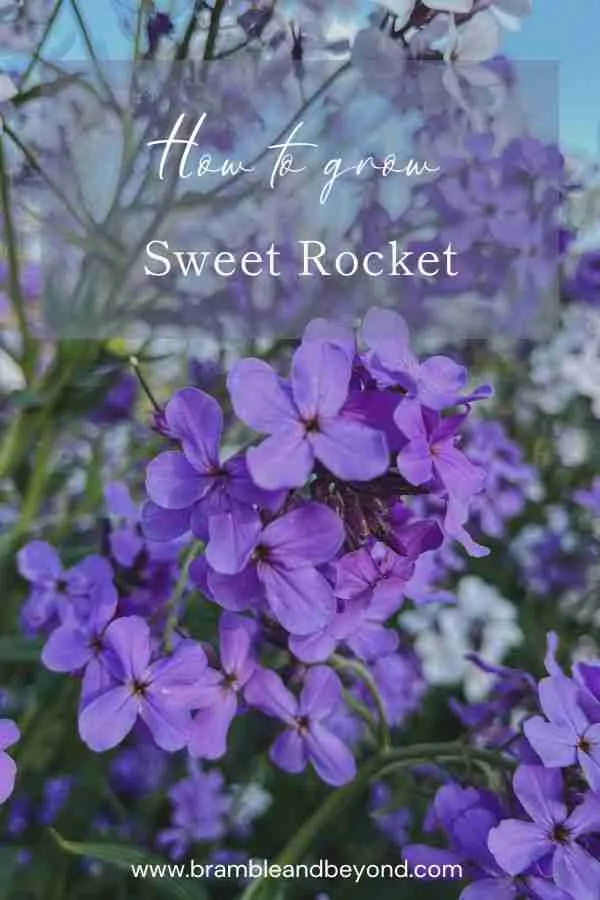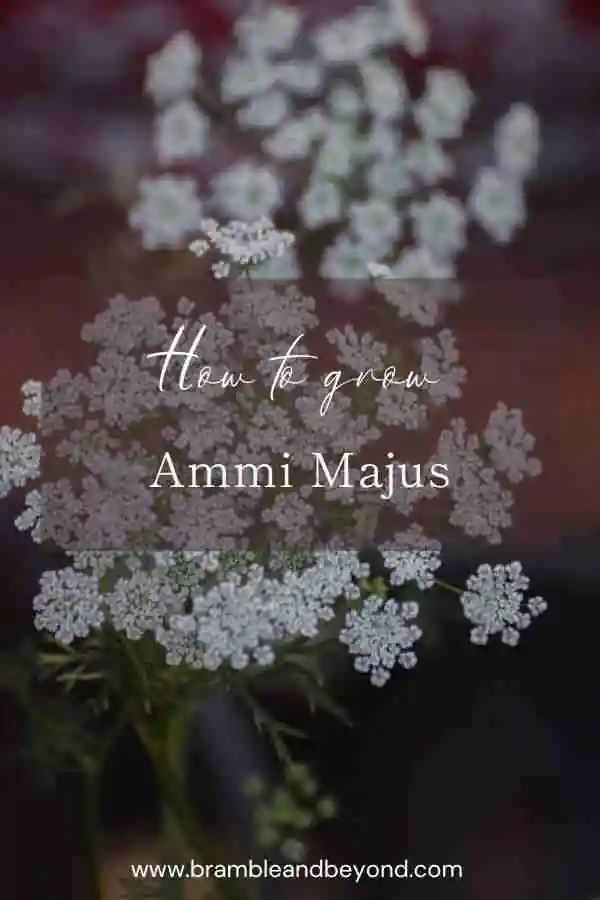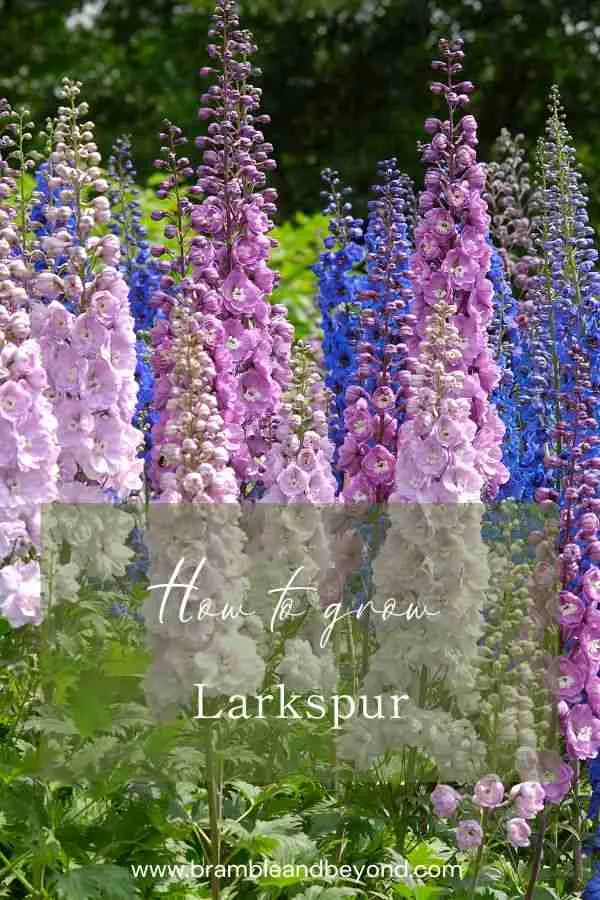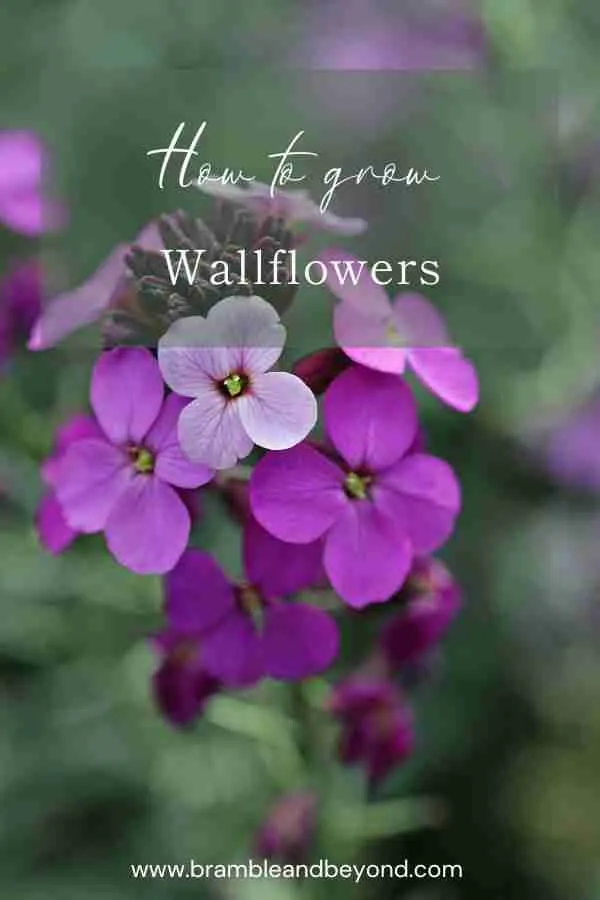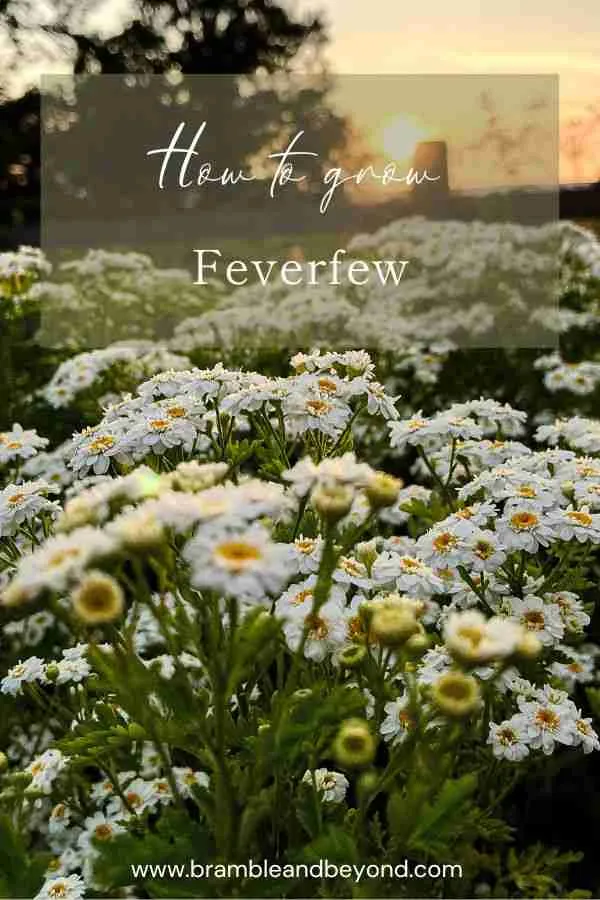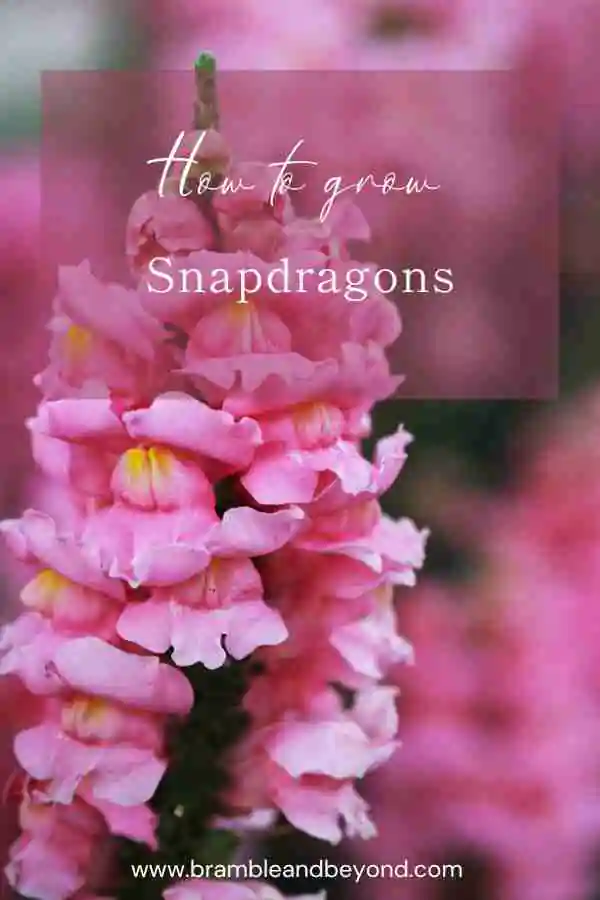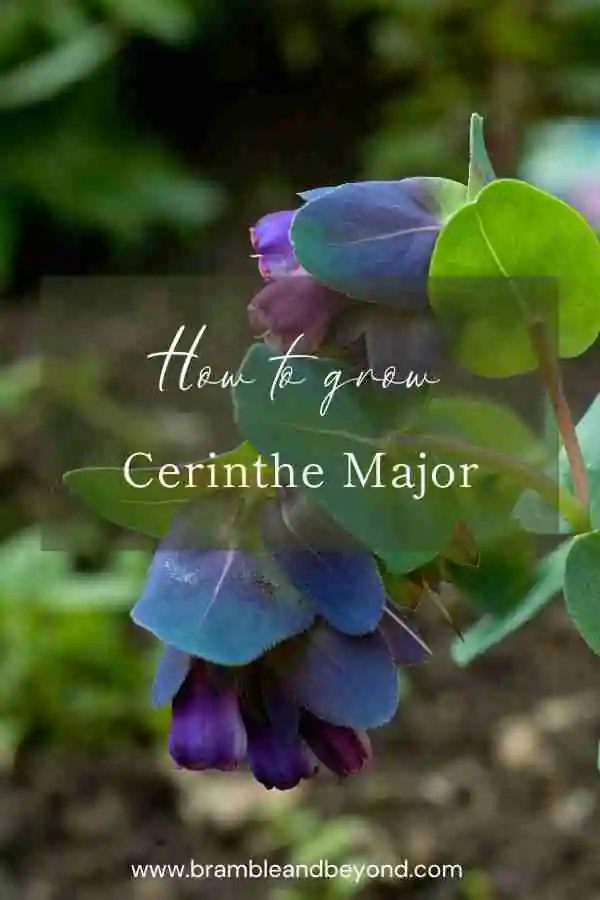Disclosure: This post may contain affiliate links, meaning I get commission if you decide to make a purchase through my links, at no cost to you. Please read my Affiliate Disclosure for more information.
The tall and elegant stems of the wonderfully fragrant sweet rocket flowers will fill any room with their delightful scent, while adding clouds of soft purple or white blooms to your garden from early summer. It is perfect for cutting and adds a graceful touch to floral arrangements. Additionally, it serves as a fantastic filler for garden borders when few other plants are in bloom. Learning how to grow sweet rocket is easy.
After witnessing its impressive and prolonged blooming last year, it is definitely going into my established garden beds to add some interest to them this year.
What is sweet rocket
No, it’s not the herb you put in your salad, Sweet Rocket (Hesperis matronalis) is a delightful flowering plant that can bring beauty and fragrance to your garden. This plant belongs to the Brassicaceae family and is known for its tall, floaty stems adorned with pale purple or white flowers. It also has a lovely perfume that can fill any room with its fragrance.
When it comes to its growing habits, Sweet Rocket is classified as a perennial, but it is often grown as a biennial for optimal flowering. When grown as a biennial, it will continue to produce flowers from May/June to August. Alternatively, it can be cultivated as an annual to enjoy its late summer blooms by sowing the seeds in Spring.
To ensure the successful growth of Sweet Rocket, it thrives in well-draining soil and prefers a sunny or partially shaded location in your garden. The plants grow quite tall (about 90cm) so they benefit from some staking to avoid collapsing on themselves.
With the right care and attention, you can cultivate this charming plant and enjoy its beauty and fragrance throughout the summer months.
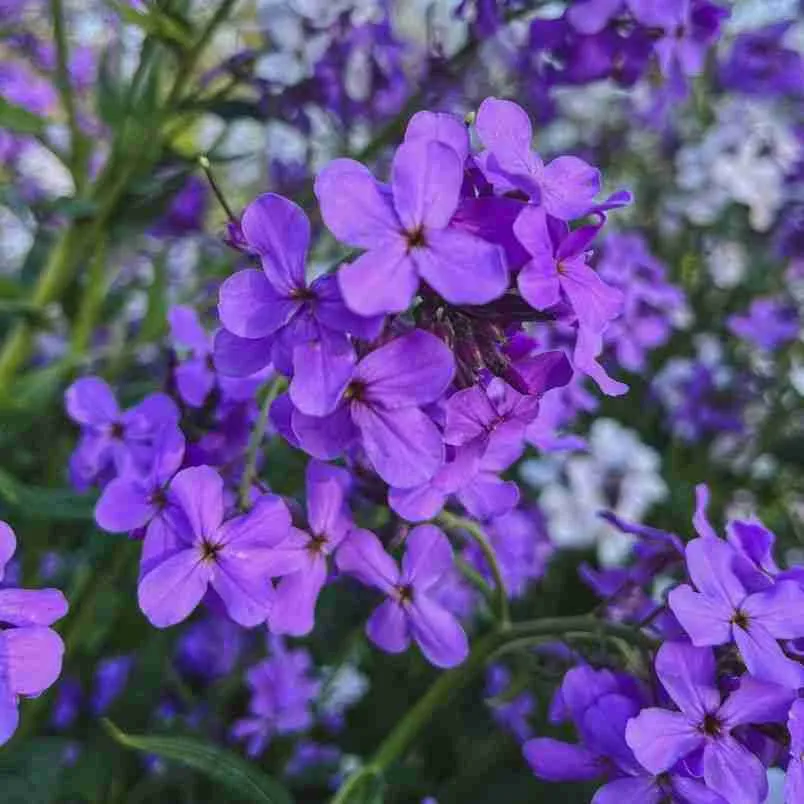
How to grow sweet rocket:
- Best treated as a biennial so sow seeds from late spring to early summer and plant seedlings in the garden at least 6 weeks before your first autumn frost for flowers the following spring.
- Plants will winter over in the garden and bloom the following spring.
- Can be sown direct.
- Stake to prevent stems breaking.
Sweet rocket is highly productive as a cut and come again flower. I find it flowers from June to early August in my garden.
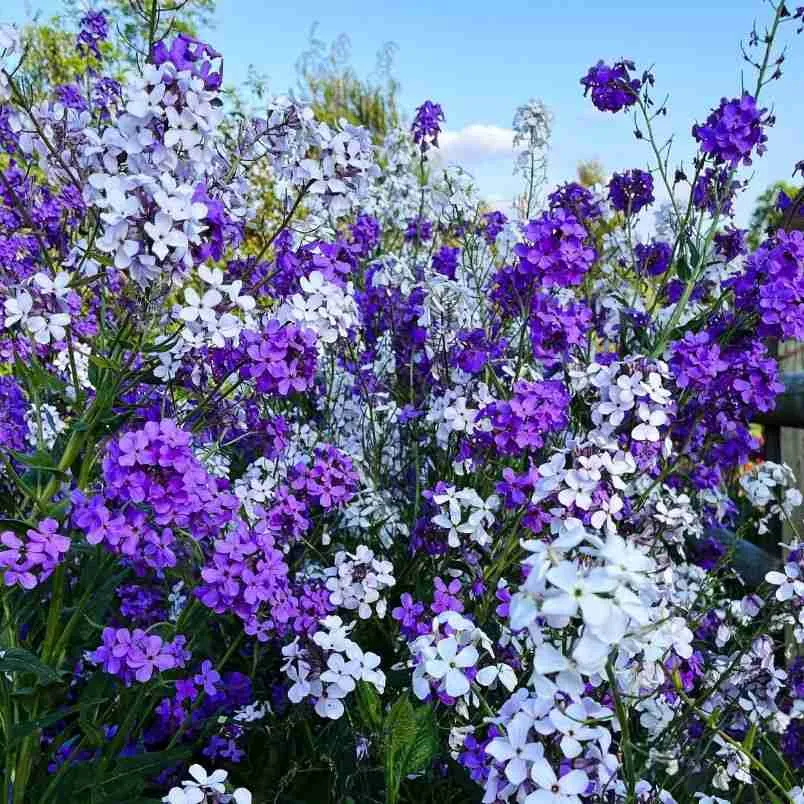
Plant Details:
- Plant type: hardy perennial/biennial
- Height: 90cm
- Site: full sun/partial shade
- Sowing Depth: 3mm
- Germination: 21-28 days
- Temperature: 15-18°C
- Days to maturity: 330-360 days
- Plant spacing: 50cm
- Pinch: not necessary
- Staking: yes
- Drying: no
- Approx seeds per packet: 500
Please note we pack the majority of our seeds by weight so the number of seeds indicated is only an approximation.
Currently, I sell our seeds, and other bits and bobs, through Etsy, so the link below will direct you there.
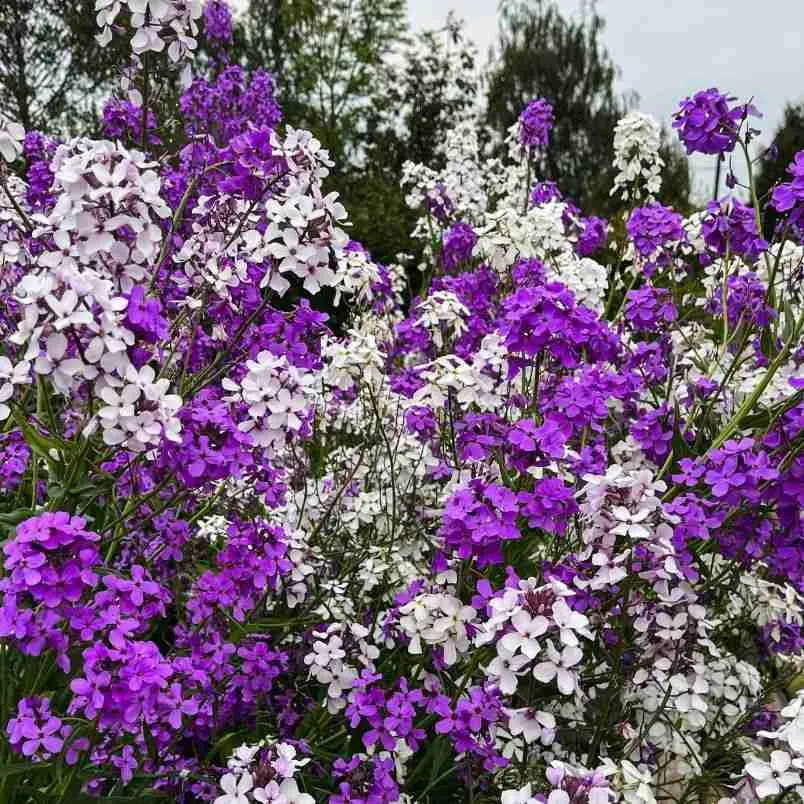
Harvesting and vase life:
- Harvest when the first flowers on a stem are open.
- Wrap in paper to keep the stems straight.
- Expect a vase life of 7 to 10 days.
Here are my top tips for growing Sweet Rocket (Hesperis matronalis):
- Sweet rocket is best grown as a biennial, which means they flower in the second year of growing. What this means in my experience is that you get flowers in that awkward gap in June, when nothing else seems to be in flowers, so they are extremely useful.
- You can sow your Hesperis matronalis seeds mid June for flowers the following June. If you want an easy date to remember, plan to sow them on the summer solstice (usually 21st June).
- Sow your seeds about 3mm(ish) deep in good quality seed compost. I sow them in module pots in June and then plant them in their final position in early Autumn.
- Sweet rocket is a large plant so give them plenty of room, at least 30cm apart.
- These plants are happy in both shade and full sun, so you have flexibility in choosing the perfect spot for them in your garden.
- Unless your garden is protected from the wind, it’s worth staking your plants for extra support. They grow into tall plants so they will thank you for it.
Remember, gardening is not just a hobby, it’s a way to relax, express your creativity, and connect with nature. Happy gardening!

